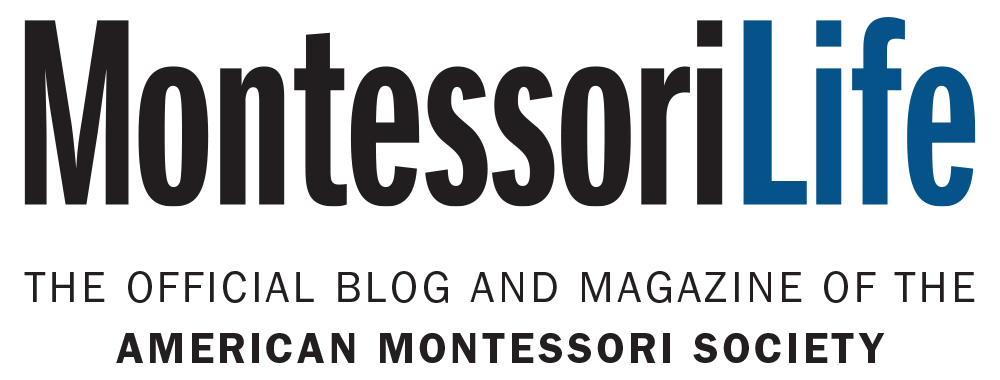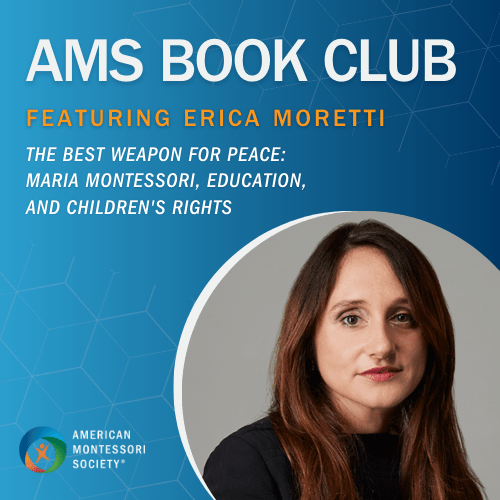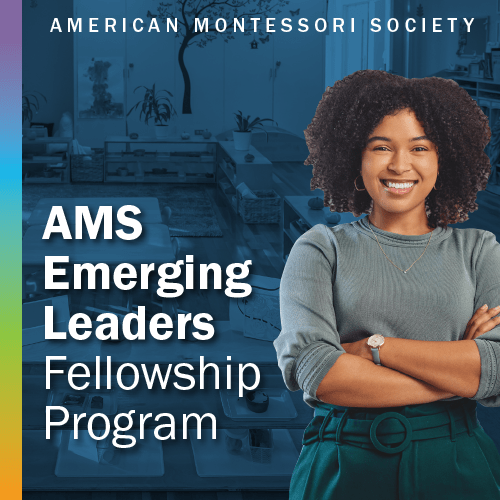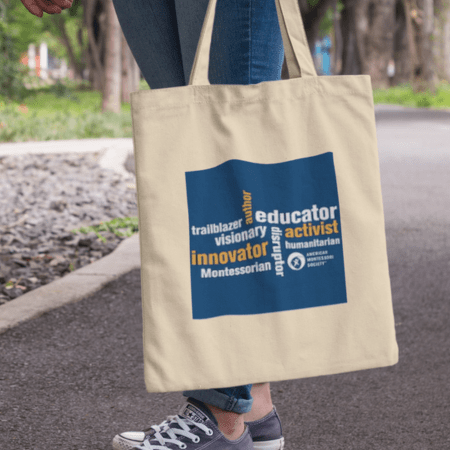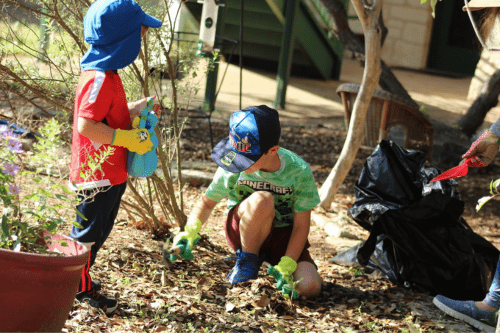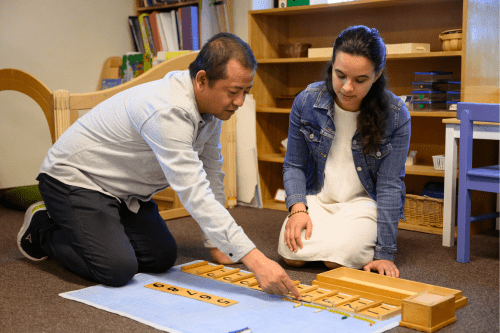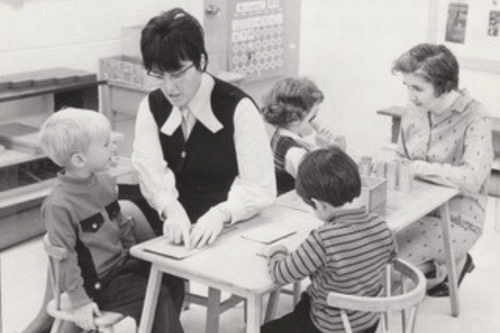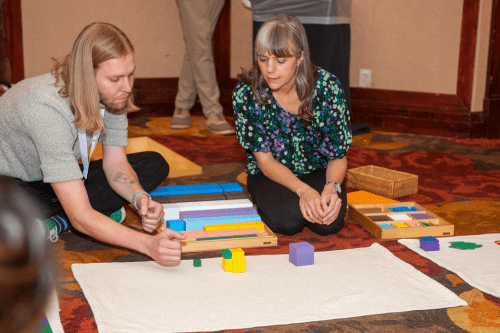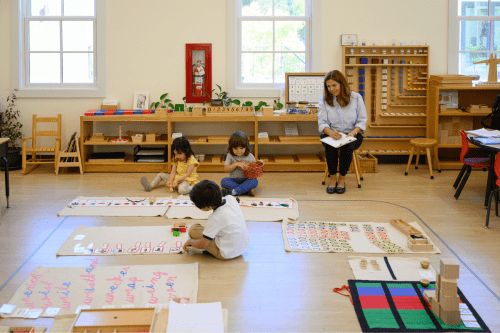Tips for Building Effective Communication with Families, Staff, and Students
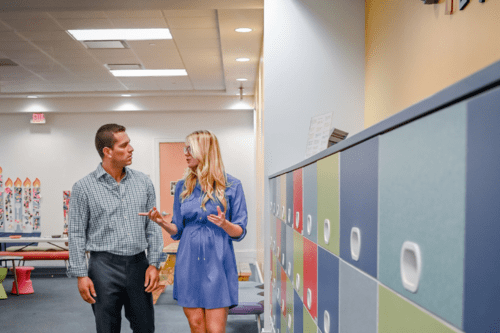
Effective communication is the key to establishing and maintaining successful relationships. In a school setting, there are a variety of unique relationships, each with their own individual and collective needs. Understanding and meeting the needs of families, staff, and students requires clear and consistent verbal and non-verbal communication from school leaders.
In order to communicate effectively, school leaders must establish trust, transparency, and listening. Trust is earned through daily interactions where individuals show that they are listening and that they care. Each interaction makes a deposit in someone’s emotional bank account which accrues interest over time. Transparency facilitates trust as it reveals the organization’s purpose, goals, and values which help families, staff, and students feel aligned.
Communicating Effectively with Students
Perhaps the most important relationship in a school setting is that which is developed with students. Students need to feel acknowledged and supported. They need to know that the classroom is a safe place for them to be authentic and vulnerable. Anti-bias anti-racist (ABAR) education is vital for educators working towards creating these types of supportive learning communities as they provide a framework that permeates all interactions with children, families, and coworkers. Teachers will need to be given the tools and resources to provide honest feedback to students, empowering and encouraging them to reach their fullest potential. Active listening and keen observational skills will be necessary to identify when students may be receiving a message in a negative way and to identify signs that a student may have experienced trauma surrounding a particular subject. When leaders effectively communicate with staff, they are equipped with the tools necessary to engage in effective communication with students, creating a supportive, positive classroom culture.
Communicating Effectively with Staff
A team of staff members operates similarly to a classroom of students; there are many different individuals with varying personalities and perspectives that all need to find common ground in order to work towards a common goal.

This transparency is key to building trust. Especially in challenging moments, having a clear vision and being open about one’s intent will encourage staff to be more supportive and productive. Honest conversations are necessary for growth.
Reflection sparks growth. Administrators and faculty need to be able to actively listen to one another and to pause to provide time to reflect on the feedback they have received.
According to Tracy Salamondra, “The goal should be to create a culture in the classroom and school whereby active listening and engagement in collaborative conversations are expected.” Active listening requires asking relevant questions and clarifying the message. It involves listening to understand (even when a message is difficult to hear such as with certain types of criticism or feedback), rather than to respond.
Actively listening, being transparent, and establishing trust are essential components for effective communication with staff. These three elements must be present to achieve a collaborative and motivational staff culture.
Communicating Effectively with Families
The relationship between the school and the families is also essential. Unfortunately, fostering regular and effective communication with families is something with which a lot of schools struggle. Given the fact that the Montessori philosophy and pedagogy may be unfamiliar to parents and caregivers, effectively communicating becomes even more crucial in developing positive home-school partnerships.
To establish a healthy partnership between school and home, it is imperative that teachers and families have the opportunity to share their goals and expectations for children from the start. Ensuring parent/caregiver voices are heard and acknowledged in regard to their child’s growth and development will make it more likely that they will be supportive of the school’s future efforts.
Conversations with families (especially in regards to sensitive topics) can sometimes feel stressful. In order to help faculty feel confident in their ability to communicate effectively with parents and caregivers, it is vital that the school provide opportunities for staff to discuss various family communication techniques with their colleagues and to practice these skills together.
Conclusion
Whether it is with students, staff, or families, all school-based relationships require effective communication. Effective communication creates a positive school culture that fosters learning and growth. If administration, faculty, students, and families can make a commitment to being honest and transparent and to demonstrate respect for one another through active listening, powerful partnerships will prevail.
About the Author

|
Heather White, EdS, is a Montessori coach and consultant, content creator, and educator for adult learners, as well as a moderator and manager for the Montessori at Home (0 – 3 years) Facebook group. Formerly, she was a Montessori teacher, in-home caregiver, Lower Elementary coordinator, and associate head of school. She also has experience as a school psychologist intern. She is AMS-credentialed (Early Childhood, Elementary I) and is a Nationally Certified School Psychologist (NCSP). Contact her at hpratt@stetson.edu. |
Interested in writing a guest post for our blog? Let us know!
The opinions expressed in Montessori Life are those of the authors and do not necessarily represent the position of AMS.

